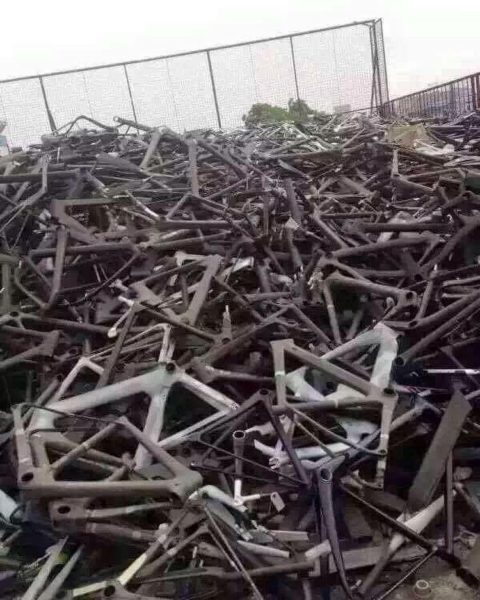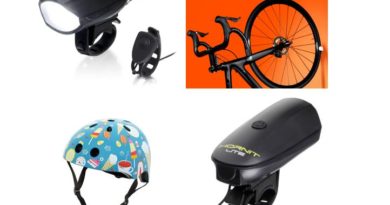Are carbon bike makers dumping in the ocean and do consumers care?

PinkBike has an interesting poll on its site this week drawing on its significant audience and asking to what extent environmental concerns play into consumer’s buying habits.
Racking up over 13,600 responses, the poll is at present led by 6,879 responses stating “I care, but it’s very difficult to make informed decisions and find the truth.” Manufacturers, then, are either not presenting information on the eco-credentials of their production, or hiding them from view entirely.
That is indeed a stumbling block CI.N has run into in recent weeks when investigating repeated industry claims of “ocean fill” – a practice where factories dump carbon waste, in particular, into the ocean.
Surely that can’t be true? Well, it appears it may be, yet for obvious reasons no one wants to talk about the dark practice on the record.
One source which does have first hand experience told CI.N: “I asked a factory I was considering what happens to the prepreg cutting waste. He told me that it’s “ocean fill”. I asked three times about that and the longest answer was that their government handles it like that because you can not just burn it. That’s all I know.”
In this instance the factory in question, which makes frames for several A-list industry brands, has declined to respond to repeated attempts to make contact.
A handful of manufacturers are behind the scenes taking responsibility for their eco-impact. Most notably, Trek in 2011 launched an initiative to recycle all carbon fibre scrap in its U.S. plants. At the time of publication in April of 2011, Trek was sending as much as 4,500lb of scrap for recycling every month.
Others have dodged carbon entirely in favour of materials that can be recycled.
Have you information on factories disposing of waste in the ocean or otherwise inappropriately? Perhaps your business has a story of sustainability worth sharing? CI.N would like to hear your stories. You can contact the editor here.



